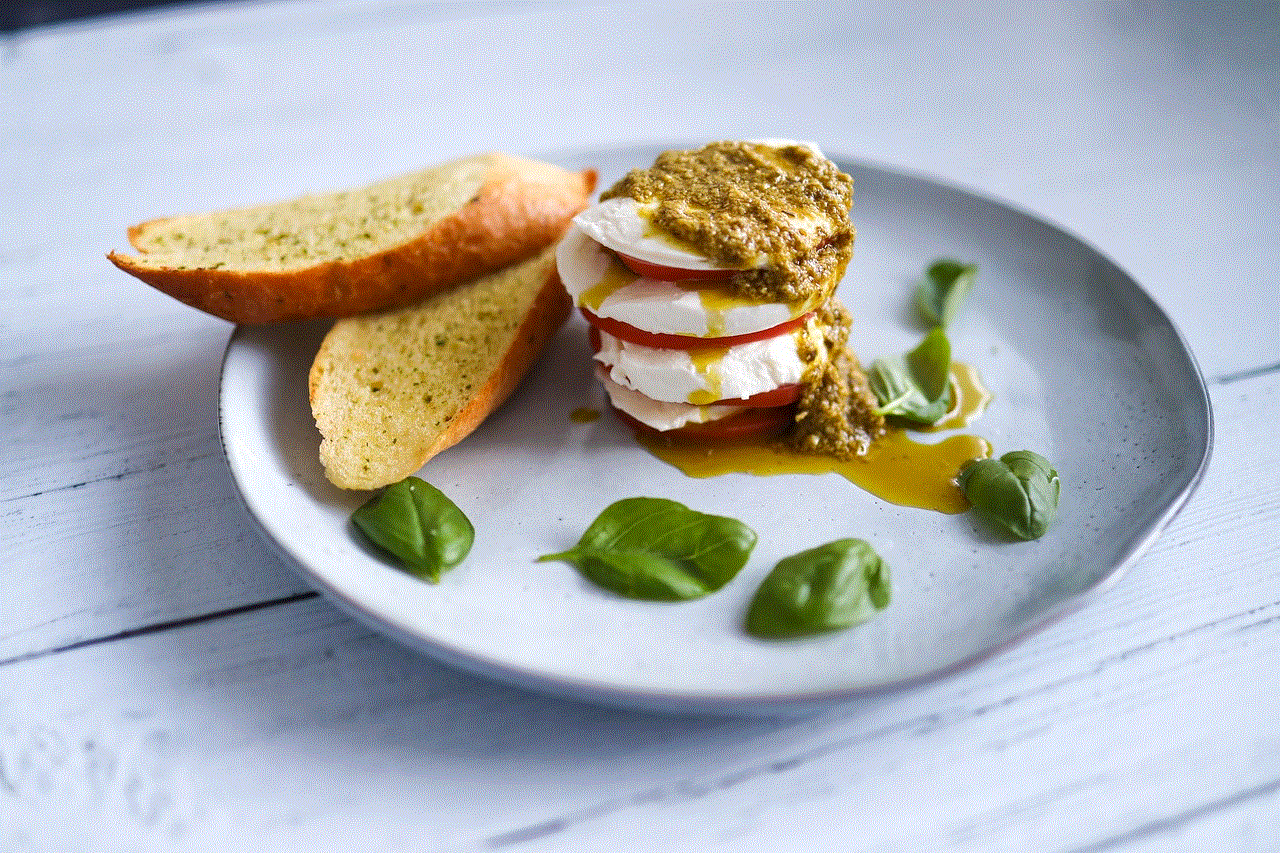paypal hack for android phone
PayPal is a popular online payment processing platform that has revolutionized the way we do transactions. It allows individuals and businesses to send and receive money securely, without the need for physical cash. With the increasing popularity of mobile devices, PayPal has also made its services available on Android phones through its mobile app. This has made it even more convenient for users to manage their finances on the go. However, as with any online platform, there is always a risk of hacking. In this article, we will discuss the various ways hackers can gain access to your PayPal account on an Android phone and how to protect yourself from such attacks.
1. Phishing Scams
One of the most common ways hackers can gain access to your PayPal account on an Android phone is through phishing scams. Phishing is a fraudulent practice where hackers send fake emails or texts pretending to be from a legitimate source, such as PayPal. These messages often contain a link that directs you to a fake website that looks identical to the real PayPal site. Once you enter your login credentials on the fake site, the hackers will have access to your account and can steal your money. To avoid falling victim to phishing scams, always check the URL of the website before entering your login information. Also, PayPal will never ask for your login credentials through email or text messages, so be wary of any such requests.
2. Malware Attacks
Another way hackers can gain access to your PayPal account on an Android phone is through malware attacks. Malware is any software designed to gain unauthorized access to your device or steal your personal information. Hackers can use different methods to infect your device with malware, such as malicious apps, infected websites, or even fake emails. Once the malware is installed on your device, it can record your keystrokes, take screenshots, and steal your login credentials, allowing hackers to access your PayPal account. To protect yourself from malware attacks, always download apps from trusted sources, avoid clicking on suspicious links or emails, and regularly scan your device for any malware.
3. Public Wi-Fi Networks
Public Wi-Fi networks are convenient, but they are also a breeding ground for hackers. These networks are often unsecured, making it easy for hackers to intercept your internet traffic and steal your personal information. If you use a public Wi-Fi network to access your PayPal account on an Android phone, hackers can intercept your login credentials and gain access to your account. To avoid this, always use a secure connection when accessing your PayPal account, such as your mobile data or a virtual private network (VPN).
4. Brute Force Attacks
Brute force attacks are a method used by hackers to guess your login credentials by trying different combinations of usernames and passwords. This method is usually successful if you have a weak password that is easy to guess. To protect your PayPal account from brute force attacks, always use a strong and unique password. A strong password should be at least 8 characters long and contain a combination of letters, numbers, and special characters. You can also enable two-factor authentication for an extra layer of security.
5. Social Engineering
Social engineering is a tactic used by hackers to manipulate people into giving them access to their accounts. Hackers can pretend to be someone from PayPal, such as a customer service representative, and ask for your login credentials to resolve an issue with your account. They can also use other tactics, such as offering free money or prizes, to trick you into revealing your personal information. To avoid falling victim to social engineering, never share your login credentials with anyone and be cautious of any offers that seem too good to be true.
6. Keyloggers
Keyloggers are software or hardware devices that record your keystrokes, allowing hackers to steal your login credentials. They can be installed on your device without your knowledge, making it difficult to detect them. To protect yourself from keyloggers, always keep your device and apps up to date with the latest security patches. You can also use anti-malware software to detect and remove any keyloggers from your device.
7. SIM Swap Scams
SIM swap scams are a relatively new type of fraud where hackers trick your mobile service provider into transferring your phone number to a SIM card under their control. They can then use your phone number to receive your two-factor authentication codes and gain access to your PayPal account. To avoid SIM swap scams, always secure your phone number with a PIN or password and be wary of any suspicious activities on your account, such as sudden loss of service or unexpected changes to your account.
8. Fake Apps
Hackers can also create fake PayPal apps that look identical to the real one and trick users into downloading them. These apps can steal your login credentials or even install malware on your device. To avoid downloading fake apps, always download apps from the official app store and check the reviews and ratings before installing them.
9. Unauthorized Access to Your Device
If someone else gains physical access to your Android phone, they can install spyware or other malicious software on your device, giving them access to your PayPal account. To prevent this, always keep your device locked with a strong PIN or password, and never leave it unattended in public places.
10. Use PayPal Security Features
PayPal offers several security features that can help protect your account from unauthorized access. These include two-factor authentication, where you receive a code on your phone or email to confirm your login, and biometric authentication, where you can use your fingerprint or face ID to log in. You can also set up notifications to alert you of any activity on your account, such as a new login or a transaction. These features can help you detect any suspicious activity and take action immediately.
In conclusion, while using PayPal on an Android phone offers convenience, it is crucial to be aware of the various ways hackers can gain access to your account. By following the tips mentioned above and being cautious of any suspicious activities, you can protect your PayPal account from being hacked and ensure your financial information remains safe and secure.
how to make account private on facebook
facebook -parental-controls-guide”>Facebook is one of the most popular social media platforms in the world, with over 2.8 billion active users as of 2021. With such a massive user base, it’s essential to ensure that your personal information remains private and secure. While Facebook offers various privacy settings, many users are still unaware of how to make their accounts private. In this article, we will discuss in detail how to make your account private on Facebook.
What Does a Private Facebook Account Mean?
Before we dive into the steps to make your account private, let’s first understand what a private Facebook account means. When you create a Facebook account, it is, by default, set to public. It means that anyone on Facebook can see your profile, photos, posts, and other activities. However, when you make your account private, it restricts who can see your profile and activities. Only your approved friends can see your posts, photos, and other information on your profile.
Why Should You Make Your Facebook Account Private?
There are several reasons why you should consider making your Facebook account private. Here are a few of them:
1. Control Who Sees Your Personal Information
Privacy is a fundamental right, and you have the right to control who sees your personal information. When your account is public, anyone on Facebook can access your profile, photos, and posts. By making your account private, you can restrict your personal information to only your approved friends.
2. Avoid Strangers from Accessing Your Information
Having a public Facebook account also allows strangers to access your information. It can be risky, especially if you share personal details like your address, phone number, or workplace on your profile. By making your account private, you can avoid strangers from accessing your information.
3. Prevent Unwanted Friend Requests
If your account is public, you are likely to receive friend requests from people you don’t know. By making your account private, you can stop receiving unwanted friend requests and ensure that only people you know can send you a friend request.
4. Keep Your Personal and Professional Life Separate
Many people use Facebook for both personal and professional purposes. By making your account private, you can keep your personal and professional life separate. You can have a separate public account for professional purposes, and a private account for personal use.
5. Avoid Unwanted Attention
Having a public Facebook account can attract unwanted attention from strangers. By making your account private, you can avoid any unwanted attention and keep your personal life private.



How to Make Your Account Private on Facebook?
Now that you understand the importance of having a private Facebook account, let’s discuss the steps to make your account private. Follow these steps to make your account private:
Step 1: Log in to Your Facebook Account
The first step is to log in to your Facebook account using your email address or phone number and password.
Step 2: Go to Your Settings
Once you are logged in, click on the down arrow icon in the top right corner of the page. From the drop-down menu, select “Settings & Privacy” and then click on “Settings.”
Step 3: Click on “Privacy”
In the left-hand menu, click on “Privacy” to access your privacy settings.
Step 4: Set Your Account Privacy
Under the “Your Activity” section, click on “Edit” next to “Who can see your future posts?” Here you can select the audience you want to share your posts with. You can choose from “Public,” “Friends,” “Friends except,” “Specific friends,” or “Only me.” Select “Friends” or any other option, depending on your preference.
Step 5: Review Your Post Audience
You can also review your post audience for previous posts by clicking on “Limit Past Posts” under the “Your Activity” section. This will change the audience for all your previous posts to the one you selected in the previous step.
Step 6: Limit Who Can See Your Friends List
Under the “How people find and contact you” section, click on “Edit” next to “Who can see your friend list?” Here you can select the audience you want to share your friend list with. You can choose from “Public,” “Friends,” “Only me,” or “Custom.” It is recommended to select “Friends” to keep your friend list private.
Step 7: Limit Who Can Find You
Under the “How people find and contact you” section, click on “Edit” next to “Who can send you friend requests?” Here you can select the audience you want to receive friend requests from. You can choose from “Everyone,” “Friends of friends,” or “Friends.” It is recommended to select “Friends of friends” or “Friends” to avoid receiving friend requests from strangers.
Step 8: Limit Who Can Look You Up Using Your Email or Phone Number



Under the “How people find and contact you” section, click on “Edit” next to “Who can look you up using the email address or phone number you provided?” Here you can select the audience you want to allow to find you using your email address or phone number. You can choose from “Everyone,” “Friends of friends,” or “Friends.” It is recommended to select “Friends of friends” or “Friends” to avoid strangers from finding you using your contact information.
Step 9: Review Your Profile Information
Under the “Your Activity” section, click on “Edit” next to “Review what other people see on your timeline.” Here you can review your profile information, such as your bio, work and education, and other details, and choose the audience you want to share it with. It is recommended to select “Friends” to keep your profile information private.
Step 10: Review Your Profile Photo and Cover Photo
Under the “Your Activity” section, click on “Edit” next to “Review what other people see on your timeline.” Here you can review your profile and cover photo and select the audience you want to share it with. It is recommended to select “Friends” to keep your photos private.
Congratulations! You have successfully made your Facebook account private. Now only your approved friends can see your posts, photos, and other information on your profile.
Tips for Making Your Account Private
Here are some additional tips to ensure the privacy of your Facebook account:
1. Be Selective with Friend Requests
Only accept friend requests from people you know in real life. Do not accept random friend requests from strangers.
2. Use Strong Passwords
Use a strong and unique password for your Facebook account. It is recommended to use a combination of letters, numbers, and special characters to make your password secure.
3. Be Mindful of What You Share
Think before you share anything on your Facebook account. Avoid sharing personal information such as your home address, phone number, or workplace.
4. Regularly Review Your Privacy Settings
It is essential to regularly review your privacy settings and make necessary changes to ensure your account remains private.
In Conclusion



Privacy is crucial in this digital age, and it is essential to take necessary steps to ensure the safety of your personal information. By making your Facebook account private, you can control who can see your profile, posts, and other information. Follow the steps mentioned above, and remember to regularly review your privacy settings to keep your account secure.